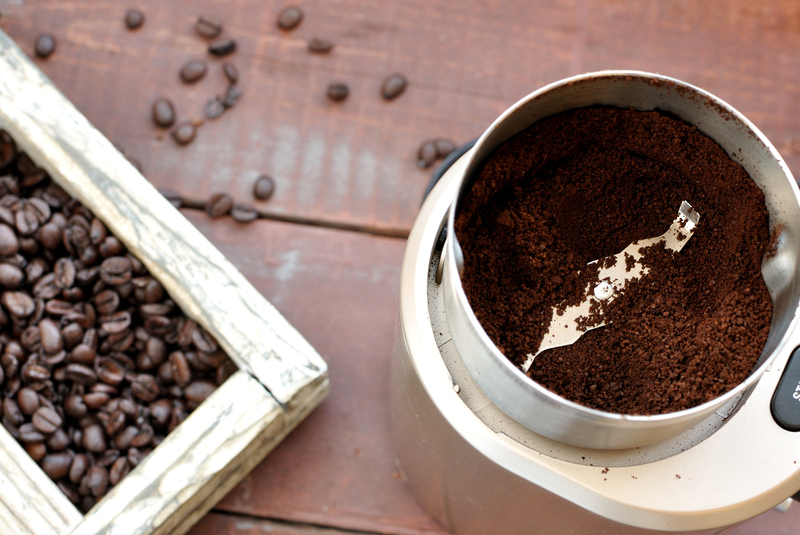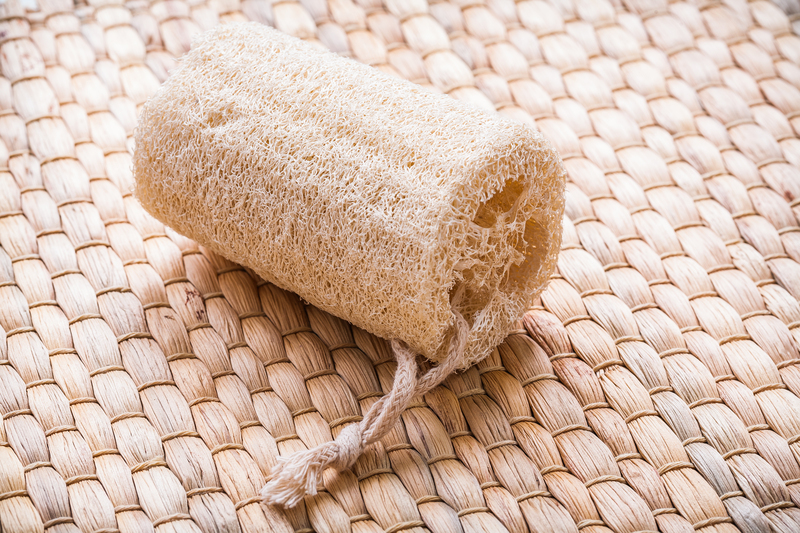Routine Care for Hardwood Flooring
Posted on 16/05/2025
Hardwood flooring is a popular choice for homeowners due to its timeless beauty, durability, and ability to improve the overall aesthetic of a home. However, maintaining the pristine condition of hardwood floors requires regular care and attention. In this comprehensive guide, we'll cover all aspects of routine care for hardwood flooring, including cleaning methods, preventive measures, and tips to ensure your flooring stays beautiful for years to come.
Understanding Hardwood Flooring
Before diving into the care routine, it's essential to understand the nature of hardwood flooring. Hardwood floors are made from natural wood, which can be affected by environmental changes such as humidity levels and temperature variations. They require a balanced approach to cleaning and maintenance to prevent damage and maintain their integrity.

Regular Cleaning
One of the fundamental aspects of routine care for hardwood flooring is regular cleaning. Here are some steps you should follow:
- Dusting: Use a microfiber mop or a soft brush attachment on your vacuum cleaner to remove dust, dirt, and debris from the surface. This should be done at least once a week.
- Vacuuming: Vacuum your hardwood floors using the hardwood floor attachment to prevent scratches. Avoid using a vacuum with a beater bar, as this can cause damage.
- Mopping: Use a damp (not wet) mop with a hardwood floor cleaner to remove grime and stains. It's crucial to avoid excessive water, as moisture can damage the wood.
Preventive Measures
Preventing damage to your hardwood floors is just as important as cleaning them. Here are some tips to help safeguard your flooring:
- Rugs and Mats: Place rugs and mats in high-traffic areas, such as entryways and hallways, to reduce wear and tear.
- Furniture Pads: Attach felt pads to the legs of your furniture to prevent scratches and dents.
- Pet Care: Keep pets' nails trimmed to avoid scratches on the floor surface.
- Footwear: Encourage family members and guests to remove shoes when entering the house, as dirt and grit can scratch the floor.
Dealing with Spills and Stains
Accidents happen, and when they do, it's important to address spills and stains promptly:
- Blot Immediately: As soon as a spill occurs, blot it with a clean, dry cloth to absorb as much liquid as possible.
- Avoid Harsh Chemicals: Use a wood-specific cleaner to remove stains, and avoid harsh chemicals that can damage the finish.
- Test First: Before using any cleaning product, test it in an inconspicuous area to ensure it doesn't cause discoloration or damage.
Seasonal Maintenance
Wood is a natural material that reacts to changes in humidity and temperature. It's important to take seasonal changes into account when caring for hardwood flooring:
- Humidifiers and Dehumidifiers: Use humidifiers during dry winter months to prevent the wood from drying out and shrinking. In humid summer months, use dehumidifiers to reduce moisture levels and prevent the wood from swelling.
- Temperature Control: Maintain a consistent indoor temperature to minimize the impact of temperature fluctuations on your hardwood floors.
Pros and Cons of Hardwood Flooring
Understanding the pros and cons of hardwood flooring can help you make an informed decision about its care:
Pros
- Timeless and elegant appearance
- Durable and long-lasting with proper care
- Increases the value of your home
- Capability of being refinished multiple times
Cons
- Can be expensive to install
- Susceptible to scratches, dents, and water damage
- Requires regular maintenance to keep in top condition
- May not be suitable for all areas of the home (e.g., bathrooms)
Tips for Maintaining Hardwood Flooring
- Create a cleaning schedule to ensure regular maintenance.
- Use the right cleaning products designed specifically for hardwood floors.
- Install protective padding under heavy furniture.
- Close curtains or blinds to shield the floor from direct sunlight, which can cause fading.
- Refinish the floor every few years to restore its original beauty and protect it from wear and tear.

Takeaways
The beauty of hardwood flooring can last a lifetime with the right care. Regular cleaning, preventive measures, prompt attention to spills and stains, and seasonal maintenance are all essential aspects of routine care. By understanding the nature of hardwood and implementing these practices, you can keep your floors looking their best for years to come.
Conclusion
Routine care for hardwood flooring is a commitment, but it's one that pays off in the long run. By following the steps outlined in this guide, you can enjoy the elegance and durability of hardwood floors while minimizing the risk of damage. Remember that while hardwood floors may require more effort to maintain than some other flooring options, their timeless beauty and potential to increase your home's value make them a worthwhile investment.

